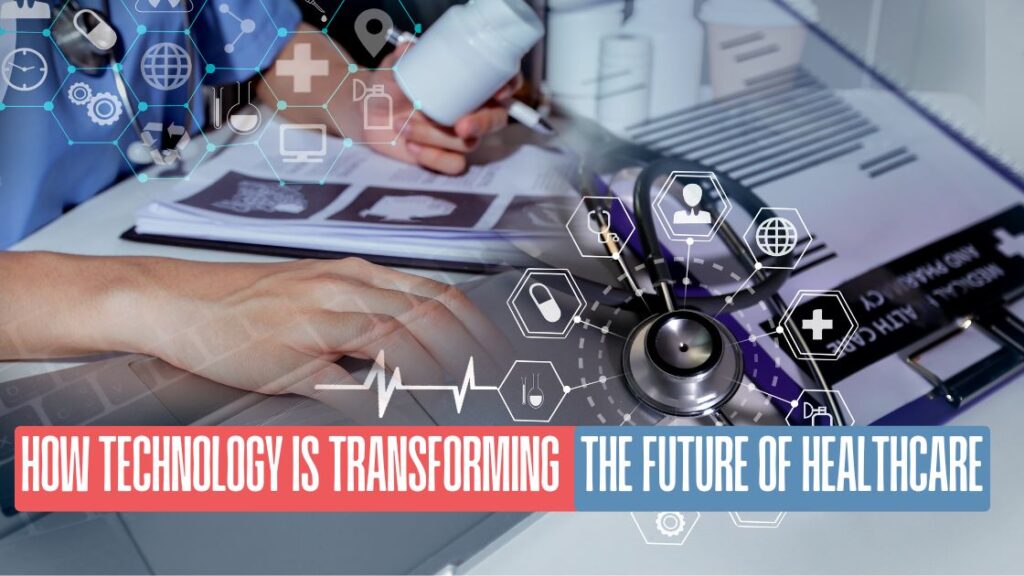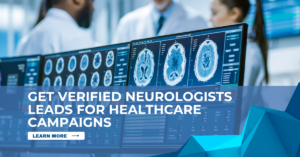Technology is no longer just an enabler in healthcare—it is a revolutionary force reshaping how we prevent, diagnose, and treat illnesses. From the integration of artificial intelligence (AI) to wearable health trackers, the future of healthcare is becoming faster, smarter, and more personalized than ever before.
Let’s explore how technology is transforming the future of healthcare and what it means for patients, providers, and the entire medical ecosystem.
1. Artificial Intelligence and Machine Learning in Diagnosis
AI is perhaps the most impactful technology in modern healthcare. Its ability to analyze massive datasets and identify patterns enables faster and more accurate diagnoses. Machine learning algorithms are already being used to detect early signs of diseases like cancer, diabetes, and heart conditions through imaging and patient records.
For example, AI-powered diagnostic tools are outperforming humans in reading radiology scans, while predictive analytics is helping clinicians forecast patient risks and tailor treatment plans. This not only reduces human error but also improves overall efficiency and outcomes.
2. Telemedicine and Remote Patient Care
The pandemic accelerated the adoption of telemedicine, but its benefits have continued to shine well beyond the crisis. With virtual consultations, patients can access care from anywhere—especially those in rural or underserved areas.
Telemedicine platforms now integrate with wearable devices, enabling real-time monitoring of vitals such as heart rate, oxygen levels, and glucose levels. This continuous care model allows physicians to keep tabs on patients without hospital visits, reducing costs and improving patient satisfaction.
3. Wearable Health Devices and IoT
Smartwatches, fitness trackers, and biosensors are no longer just lifestyle accessories—they’re vital components in preventive healthcare. Devices from Apple, Fitbit, and other brands can now detect irregular heart rhythms, monitor sleep patterns, and track stress levels.
With the Internet of Things (IoT), these wearables can transmit real-time health data to physicians, enabling proactive intervention. For patients with chronic conditions like hypertension or diabetes, this constant monitoring provides peace of mind and early detection of health anomalies.
4. Electronic Health Records (EHRs) and Interoperability
Gone are the days of paper charts and redundant forms. Electronic Health Records have digitized patient information, making it accessible and shareable across healthcare systems. This seamless flow of data ensures continuity of care and reduces the risk of misdiagnosis or medication errors.
Interoperability—the ability of systems to work together—is the next frontier. As EHR systems become more integrated, patient data can follow them across specialists, labs, and hospitals, creating a unified and holistic view of their health journey.
5. Robotics in Surgery and Patient Assistance
Robotics has made its mark in operating rooms with precision-based systems like the da Vinci Surgical System, which allows surgeons to perform minimally invasive procedures with greater accuracy and control.
Beyond surgery, robots are being used for patient assistance, medication delivery, and even emotional support in elder care. These innovations are improving outcomes, reducing recovery times, and enhancing the overall patient experience.
6. Blockchain for Data Security and Transparency
Data breaches in healthcare can have devastating consequences. Blockchain technology, known for its secure and decentralized nature, offers a promising solution to safeguard patient records and medical transactions.
By ensuring data integrity and enabling transparent access, blockchain empowers patients with control over their personal health information while helping institutions maintain compliance and trust.
7. 3D Printing in Prosthetics and Bioprinting
3D printing is revolutionizing prosthetics by allowing custom-made limbs and implants tailored to each patient’s anatomy. This not only improves comfort but also cuts down costs and manufacturing time.
Excitingly, researchers are now exploring bioprinting—using 3D printers to create tissue and organ structures. While still in early stages, this technology could eventually solve the global organ shortage crisis.
8. The Future: Personalized and Predictive Medicine
The convergence of genomics, AI, and big data is paving the way for personalized medicine—where treatments are tailored to a person’s unique genetic makeup. This approach promises more effective therapies with fewer side effects.
Predictive analytics will also empower healthcare systems to forecast disease outbreaks, optimize resource allocation, and improve public health outcomes through data-driven decision-making.
Final Thoughts
Technology is not just transforming the future of healthcare—it is defining it. With every advancement, we move closer to a healthcare system that is more personalized, efficient, and accessible. The focus is shifting from reactive treatment to proactive wellness, and the benefits are immense for both patients and providers.
As we continue to embrace innovation, collaboration between tech experts, healthcare professionals, and policymakers will be key to ensuring ethical, secure, and equitable implementation. The future of healthcare is here—and it’s digital, intelligent, and human-centric.
Visit our website Med Stream Data for more healthcare industry related information!







